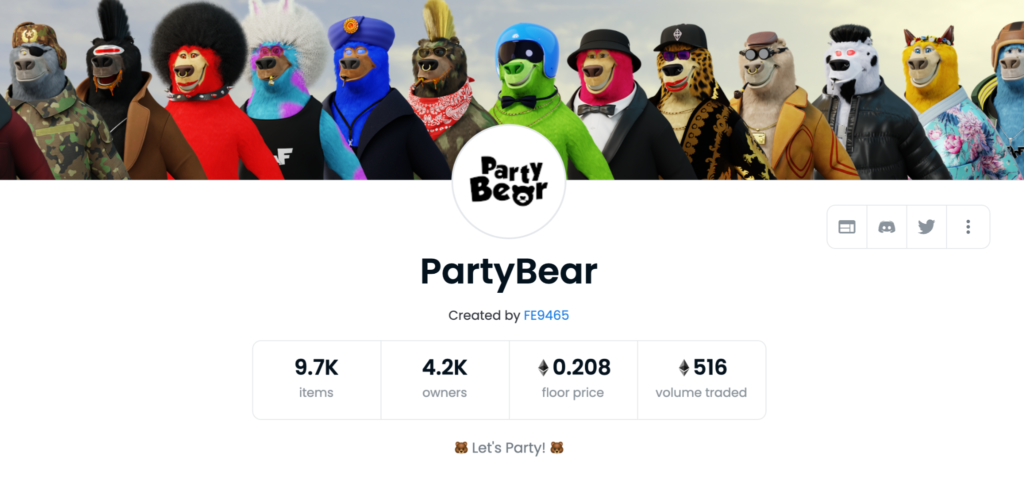Before the current romantic vision of art, which wants the work to be the fruit of a single author, creations were made in the workshop of a Master, under the direction of whom other participants took part in the creative process. In addition, at certain times, the works were systematically copied by the artist himself(we will speak rather of replicas), or at least produced under the authority of the original creator. In other cases, it was famous artists who created (by taste, technical research, or other) a copy of older Masters. This was the state of mind of Van Gogh when he declared: I don’t like to see my own paintings in my bedroom, so I copied one of Delacroix and some of Millet.
NFTs also offer a “middle ground”, between cryptocurrencies or interchangeable tokens and unique tokens, numbered NFTs, limited in number, guarantee both a finite number of works and a possibility of sharing or “sales”/”resales” defined by its creator.
Finally, there are certain forms of art whose particularity is the multiplicity of identical works, for example photographs, lithographs, engravings, bronzes, etc..
In this case, it is a question of aiming at the original character of the copy. For example, an original lithograph indicates – in principle – the total number of original prints, the print number and is signed by the artist.
The same is true for NFTs whose sites indicate the number of copies and owners and their price:






